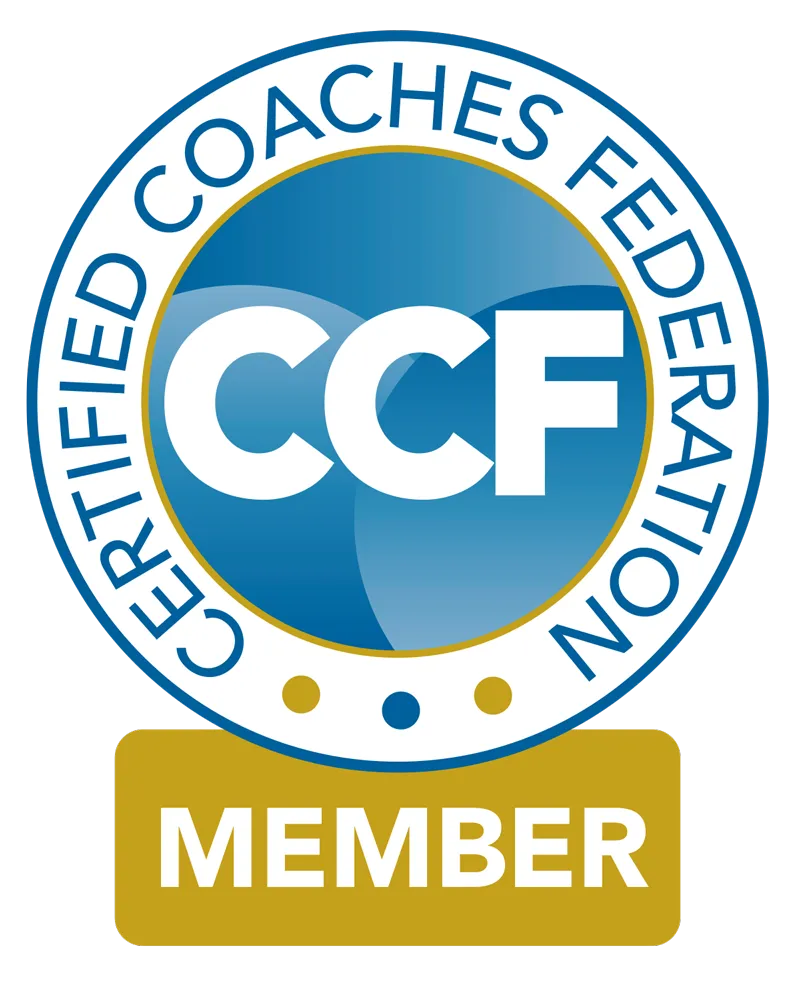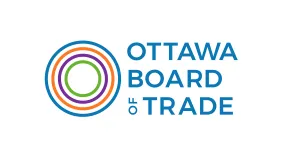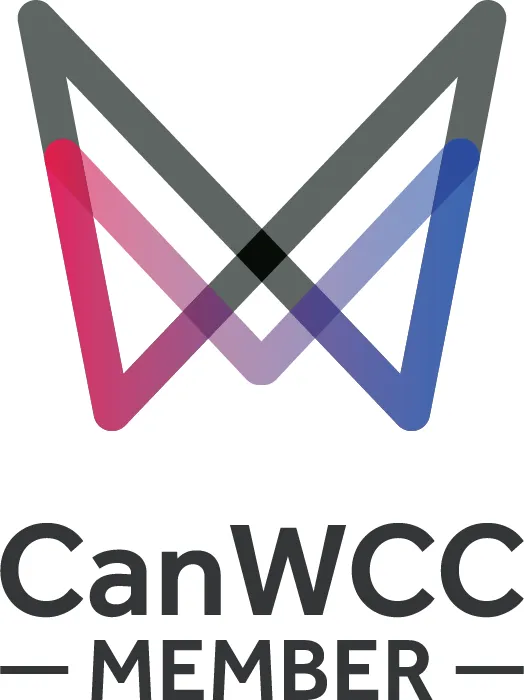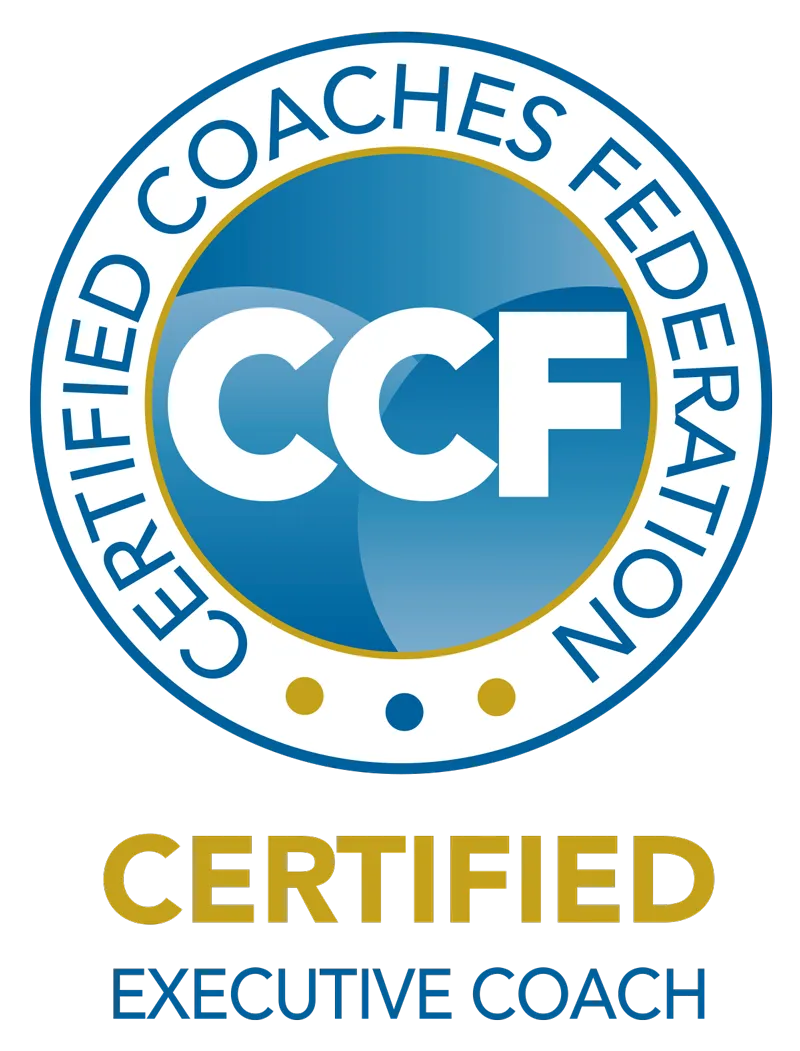
The Three Moments That Shape Loyalty: Highs, Lows, and Shifts
The Three Moments That Shape Loyalty: Highs, Lows, and Shifts
TL;DR
Teams do not remember events. They remember how leaders handled the moments around those events.
Highs, Lows, and Shifts form the emotional infrastructure of every organization.
When leaders design these moments with clarity, presence, and intention, trust grows.
When leaders overlook them, trust erodes.
This is the foundation of loyalty. And it is one of the most powerful tools leaders have for shaping culture and performance.
The Moments That Shape Loyalty
A few weeks before launching LoyaltyOps™, I stepped out of a company I had spent almost two years helping to build from the ground up. The transition became a turning point. Not because of the change itself, but because of the narrative that formed around it. That narrative was shaped by how different leaders in my life responded to the moment.
Inside the organization I was leaving, the moment was handled with uncertainty and limited acknowledgment. The absence of clear communication created ambiguity and made the transition feel heavier than it needed to be.
Outside of that environment, the mentors and leaders who know me best stepped in with clarity, presence, and perspective. They helped me interpret the moment, name what mattered, and understand what came next.
Both responses shaped my experience. One revealed how fragile trust can feel when leaders avoid difficult transitions. The other showed how powerful steady leadership can be when someone is navigating a vulnerable shift. Together, they reinforced a truth we see inside organizations every day.
People do not remember the event. They remember the meaning created around it. They remember who showed up and how they showed up.
This realization became one of the catalysts for LoyaltyOps™.
Leaders shape culture through the way they handle defining moments. Highs, Lows, and Shifts influence trust, identity, and belonging far more than any initiative or program. When these moments are mishandled, they create fractures. When they are handled with presence and intention, they create alignment and momentum.
This is the heart of the HLS Experience Framework.
The HLS Experience Framework
Every person on your team will move through Highs, Lows, and Shifts. These moments are predictable. What is not predictable is how leaders respond. That response determines whether these experiences build trust or erode it.
If you want a deeper understanding of the psychology behind how humans form memory, meaning, and emotional attachment during key experiences, we recommend The Power of Moments by Chip and Dan Heath. It is included in the LoyaltyOps™ Leadership Library, which we share with the organizations we support. It is one of the most practical books for understanding how defining moments shape identity and performance.
Below is how the HLS Framework applies to leadership inside modern organizations.
Highs: Milestones and Meaningfully Positive Moments
Promotions
Client wins
Major launches
Breakthrough achievements
What people feel: pride, excitement, forward momentum.
What leaders do: acknowledge the progress, name the meaning, reinforce the learning.
Recognition is not celebration. It is direction. It tells people, “This is what good looks like here.”
Lows: Losses, Friction, or Emotional Drag
Tough feedback
Missed goals
Burnout
Offboarding or difficult exits
What people feel: uncertainty, shame, disconnection.
What leaders do: show up with clarity, care, and honesty.
Lows matter because they reveal how the culture behaves under pressure. Avoidance signals inconsistency. Presence signals reliability. Teams do not forget the difference.
Shifts: Transitions and Identity Moments
New roles
Leaving roles
Reorganizations
Life changes
Shifts in responsibility
What people feel: vulnerability, hope, identity risk.
What leaders do: create a throughline from past to future, provide context, and reinforce direction.
People need grounding in moments of change. Leaders define whether that shift becomes disorienting or empowering.
Rituals and Shared Standards Turn Moments Into Culture
These moments are not operational details. They are rituals that define the culture. They tell the truth about how your organization treats people when the stakes feel personal.
Examples:
A promotion receives acknowledgment, a documented reset of expectations, and a clear new charter.
A tough exit is handled with dignity, clarity, and a moment of acknowledgment for the team, not silence.
A role transition includes a structured handoff, shared context, and a moment that orients the team.
These choices do not require budget. They require standards.
They become the cultural cues your team uses to decide how safe, supported, and connected they feel.
Defining Moments Are Designed or Defaulted
Some experiences become defining. They change how someone sees themselves or the team around them. They influence commitment, performance, and trust.
A High, Low, or Shift does not define itself.
It becomes defining based on how leaders respond.
When leaders show up with clarity, acknowledgment, and steadiness, a vulnerable moment becomes a launching point. When leaders avoid or minimize the moment, the same experience becomes a fracture. Silence is not neutral. No action still creates consequences.
Your team is not watching what happens.
They are watching how you handle what happens.
This is how culture is formed in real time.
How This Connects to Performance
Highs, Lows, and Shifts are not soft factors. They influence:
trust
psychological safety
team cohesion
retention
performance readiness
resilience during growth
This is why they sit at the center of the People layer inside the People–Process–Performance Model™. They reinforce the communication, feedback, and accountability loops inside the LoyaltyOps™ Flywheel™.
When these moments are handled with intention, they create the conditions for consistent execution. Teams operate with clarity and stability. Leaders make decisions with confidence. The organization moves from reactive to reliable.
This is what operational loyalty looks like.
Try This: Create Your HLS Experience Map
Set aside fifteen minutes this week to create your first HLS map.
Step 1: Identify the Moments
List the Highs, Lows, and Shifts that occur across your employee lifecycle, client delivery, and team transitions.
Step 2: Define Your Standards
Decide how you communicate, commemorate, and guide the team through each category.
Step 3: Document and Share
Make your standards visible to your leadership team so your responses stay consistent and intentional.
This is how moments become cultural infrastructure instead of emotional accidents.
Let's Map Your Moments
If you want clarity on how Highs, Lows, and Shifts are shaping your culture and your team’s performance, you can book a diagnostic call. We will map where trust is being built, where it is breaking, and how to design leadership moments that strengthen your organization.
Book Now: https://loyaltyops.com/book










Facebook
LinkedIn